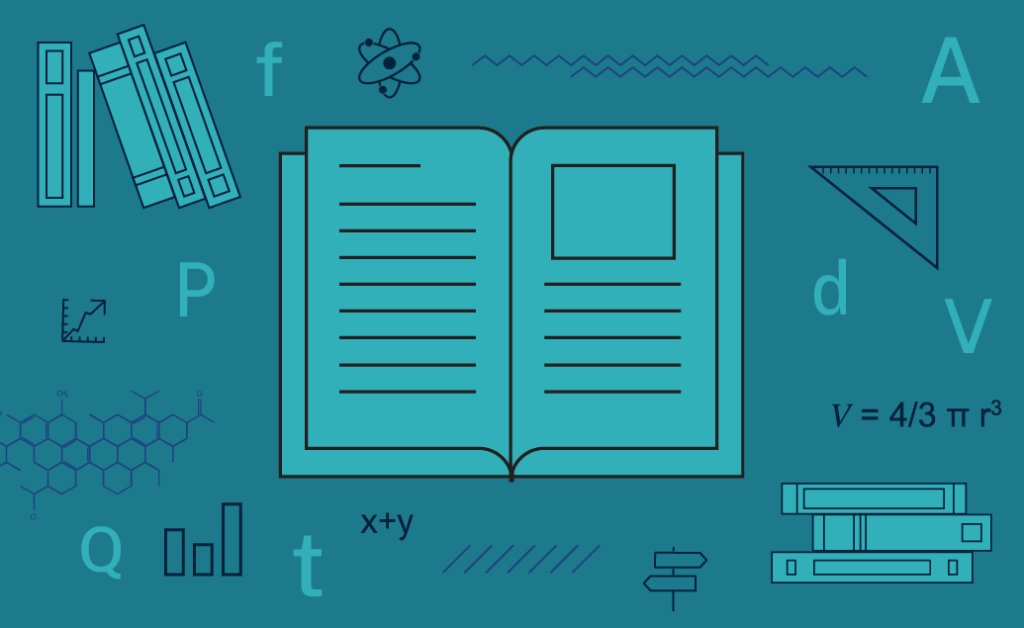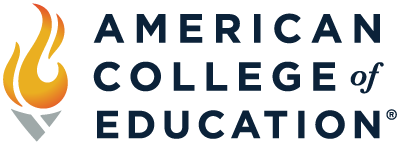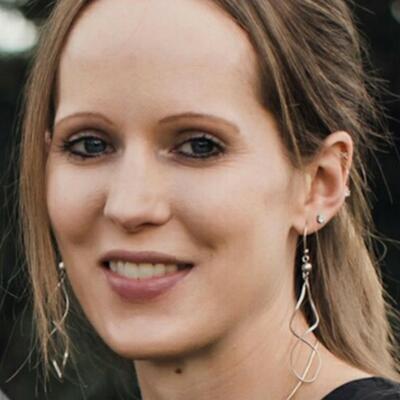
Research says students who don’t read well by third grade will continue to struggle, likely for the remainder of their formal education. As students move into higher grades, fewer teachers have the experience and training necessary to identify reading issues and provide instruction or intervention.
English-Language Arts teachers aren’t the only ones who need training in reading instruction. All teachers should have an overview in order to reinforce positive practices and be able to support struggling readers in their content areas. So here’s an introduction to the science of reading for non-reading teachers.
1. Foundational theories: There are two prominent models behind the science of reading. The Simple View of Reading dates back to 1986, with the idea that a student’s ability to decode words, in conjunction with their understanding of the language, contributes to reading comprehension. It shows that learning to read is complex. However, there is more to reading than just decoding and comprehension.

In 2001, Scarborough’s Reading Rope was introduced. It takes the two contributing factors from the Simple View of Reading and breaks them down into smaller components, truly showing all the different elements that contribute to fluent reading. With so many factors weaving together, it’s easy to see why it’s so challenging to identify specific areas of concern for students who struggle with reading. Screening each of these different components is the best way to identify reading issues and provide targeted, intentional intervention.

2. Terminology: While not every teacher or student needs an in-depth understanding of every term related to reading, it’s helpful to know that there’s a logical sequence to learning phonetics. Build your phonological awareness by becoming familiar with terms in the Reading Rockets Glossary and International Literacy Association Glossary.
3. Brain science: Scientists have been able to map what happens in the brain when people read. Multiple portions of the brain activate during orthographic mapping. Memorization happens in the hippocampus, while reading skills occur primarily in the left hemisphere. By understanding how our brains function, we’re able to teach reading in the way that best complements how we learn. For example, instead of trying to memorize whole words, it’s more effective for students to memorize letters and sounds, which they can then apply to any word. Check out “How the Brain Learns to Read” and “The Importance of Orthographic Mapping” to learn more about the brain science of reading.
4. Sight words: Traditionally, sight words are ones we ask students to memorize because they don’t follow the typical rules. However, research from the Science of Reading states the memorization approach is not effective. Take a look at the high-frequency words in your subject area. The phonetical rules involved in reading those words should be prioritized. Then, make sight words the ones that students should recognize by learning those rules. To handle irregular sounds and rules, check out the “heart word” approach.
5. Background knowledge: I always struggled with teaching vocabulary. Where do you start when there are so many words to teach, especially when students enter the classroom with a variety of backgrounds? I decided to focus on exposing my students to different experiences to help them better understand vocabulary words. Through a combination of experiential learning and high-quality, rich texts, students expand their oral vocabulary, practice listening comprehension and gain more world perspectives.
6. Keep adjusting: Reading instruction is a science that keeps evolving. Every time I think I have a solid understanding of it, I discover something new or a potential new approach. This doesn’t mean what we’re currently doing is wrong, just that we should continuously evaluate our practices to ensure we’re doing the best for our learners. It’s an attitude that all teachers have – we refine our practice to enhance and increase our impact.
When it comes to teaching reading, there are many experts and countless resources to draw from. I’ve started to compile some of them here and will continue to add to it as additional research is released. Whether you’re a reading teacher or not, we can all contribute to helping our students become great readers.
American College of Education helps teachers become experts at supporting all students in their classrooms. Explore our fully online education programs to find the one that fits your career goals.

